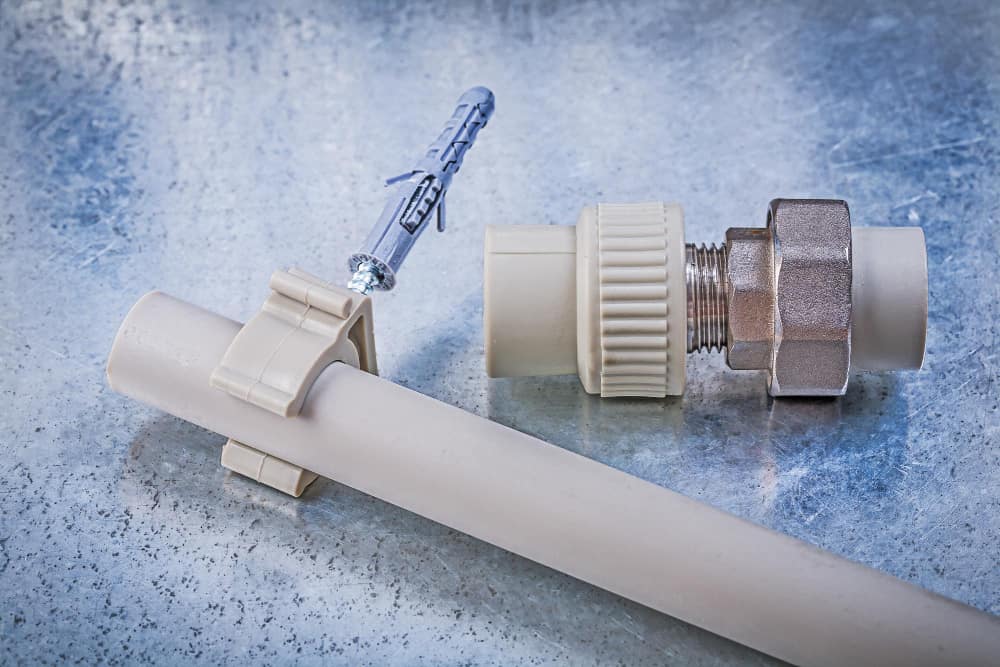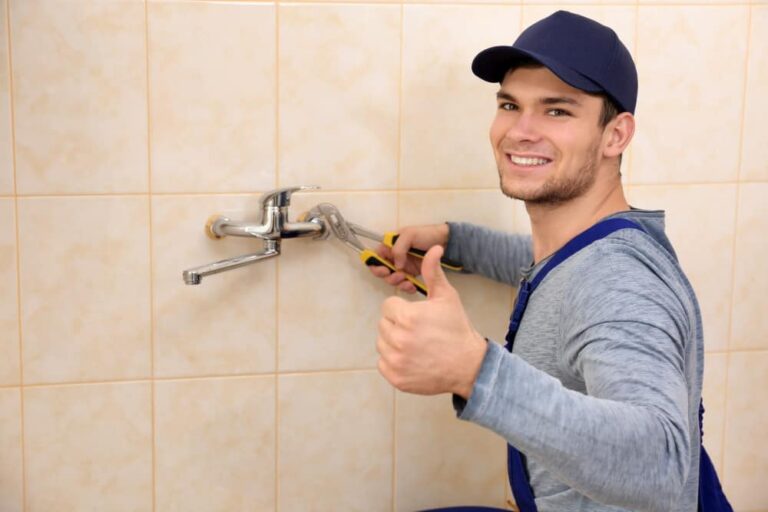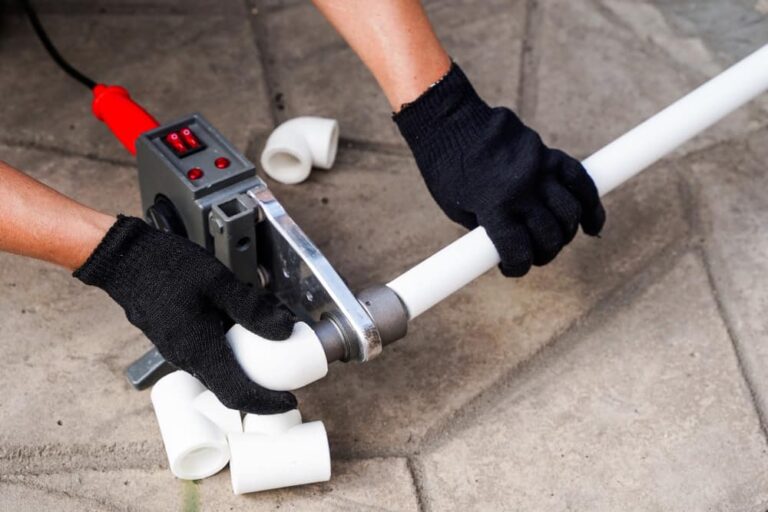How to connect PVC pipe without glue: A Comprehensive Guide
Because it is risk-free, robust, and economical, plastic pipe is the most used material for water service lines and the DWV (drain-waste-vent) system. Cast iron, copper, and steel have been increasingly replaced in residential and commercial construction by PVC and its plastic siblings, CPVC (Chlorinated PVC) and ABS, over the previous half-century or so. CPVC and ABS are closely linked to PVC (Acrylonitrile Butadiene Styrene). A pipe’s wall thickness and maximum pressure rating are listed in its “schedules,” making it easy to compare different models. Read on how to connect pvc pipe without glue in detail.
Plastic pipe has a wide range of uses.
PVC can be used for both water supply and drainage. But it must be pressure rated to be used for water supply piping. The piping that supplies service to the building is used in some regions. But it is not allowed to be used in the distribution system inside the building. It is never utilized in any way to heat the water. This versatile material can be customized to meet your needs by choosing from various schedules. Schedule 35 for sewer applications, Schedule 40 for water service and DWV, and Schedule 80 for high pressure are the most commonly used schedules. Foam cores for PVC and ABS, both of which are utilized in DWV, are also available.
DWV automobiles are the most likely to feature ABS.

Soluble cementing, sometimes known as solvent welding, is commonly employed to fuse PVC, CPVC, and ABS pipe sections together. Solvent welding is another name for this process. If you’re concerned about how unsafe and difficult it might be, relax. We’ve got some advice for you on how to connect pvc pipe without glue if you’re planning to start working on a plastic project that will increase your chances of success.
To join a pvc pipe that is not aligned properly.
PVC pipe and fittings are not only lightweight, inexpensive, and easy to cut and assemble, but they also come in various sizes and shapes. For the “welding” of the parts, a simple two-step procedure is utilized, which begins with applying a primer and ends with using solvent cement.
There are no specialized tools or experience required while working with PVC pipe. But, like any other material used in plumbing, proper alignment of the sections must be maintained at all times. As a result, all connections must first be dry-fit tested before being welded together. This can be achieved in a matter of seconds after applying solvent cement and subsequent hardening.
Getting Things Started
Essential tools, such as plastic pipe cutters or shears and primer (for PVC and CPVC), solvent cement, and plastic pipe, are all you’ll need to start working with plastic pipe. This is based on the assumption that you won’t have to deal with a jammed fitting or any other unforeseen issues during installation (“glue”). And don’t forget your towel as you leave the house!
Plastic deburring tools may also be necessary if the cut is not as clean as you want (alternatively, you can use a file, sandpaper or cloth, or a utility knife). A hacksaw is often the best tool for cutting pipes with a high diameter; in this case, deburring is essential.
If you’re working on a firm surface, twisting the lids off the primer and cement containers can save you time. To keep the applicator, or “dauber,” attached to the lids of the containers, you should be able to do so. Daubers may simply be drawn out of the container without having to rotate and open it each time they are used. When you’re done with anything, don’t forget to put it away correctly!
Regarding joining plastics, speed is essential, but so is caution. As a precaution, gloves made of nitrile or a material that can tolerate chemical exposure should be worn when applying primer or cement, even if you don’t need to touch it directly. Ensure the space you’re working in has appropriate ventilation, and avoid locations with solid heat or open flames at all costs.” Son, now you know how to connect pvc pipe without glue.





